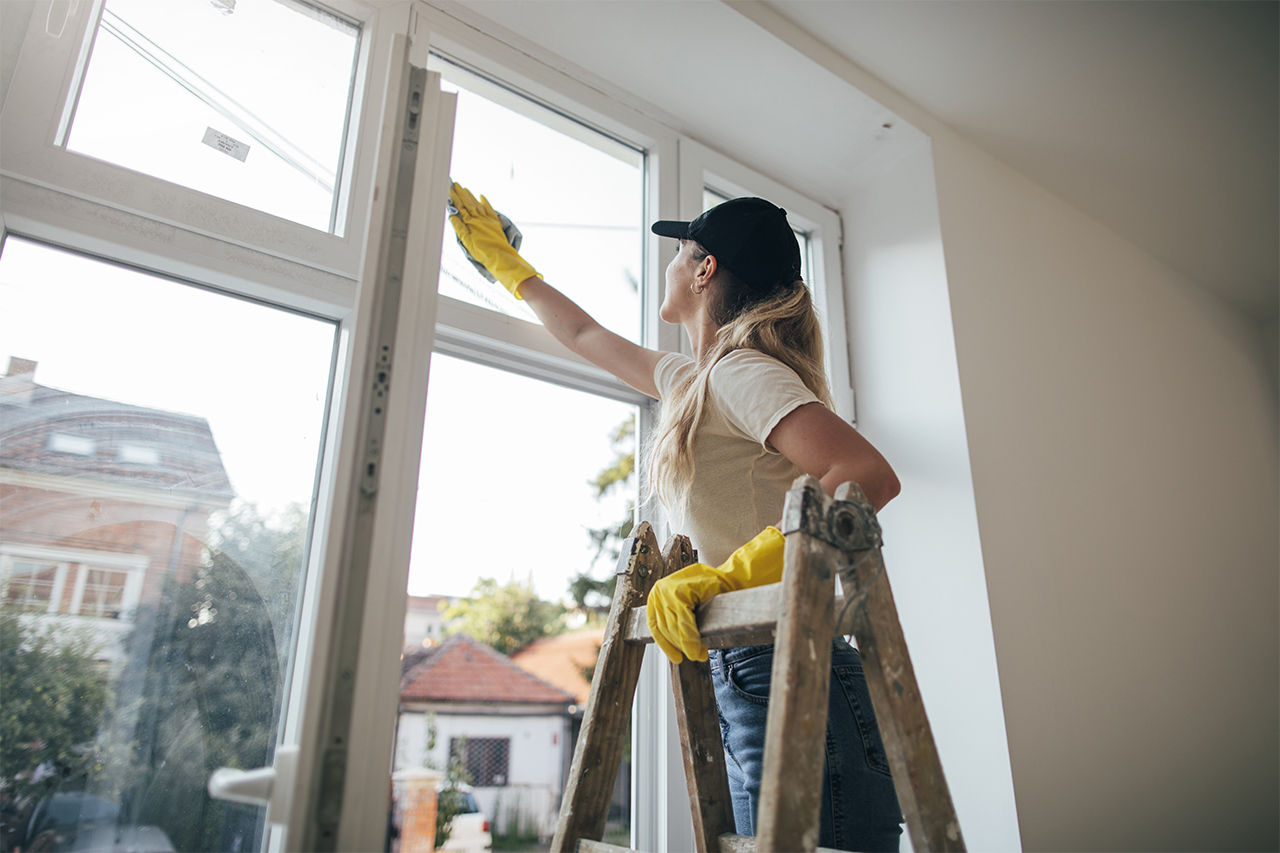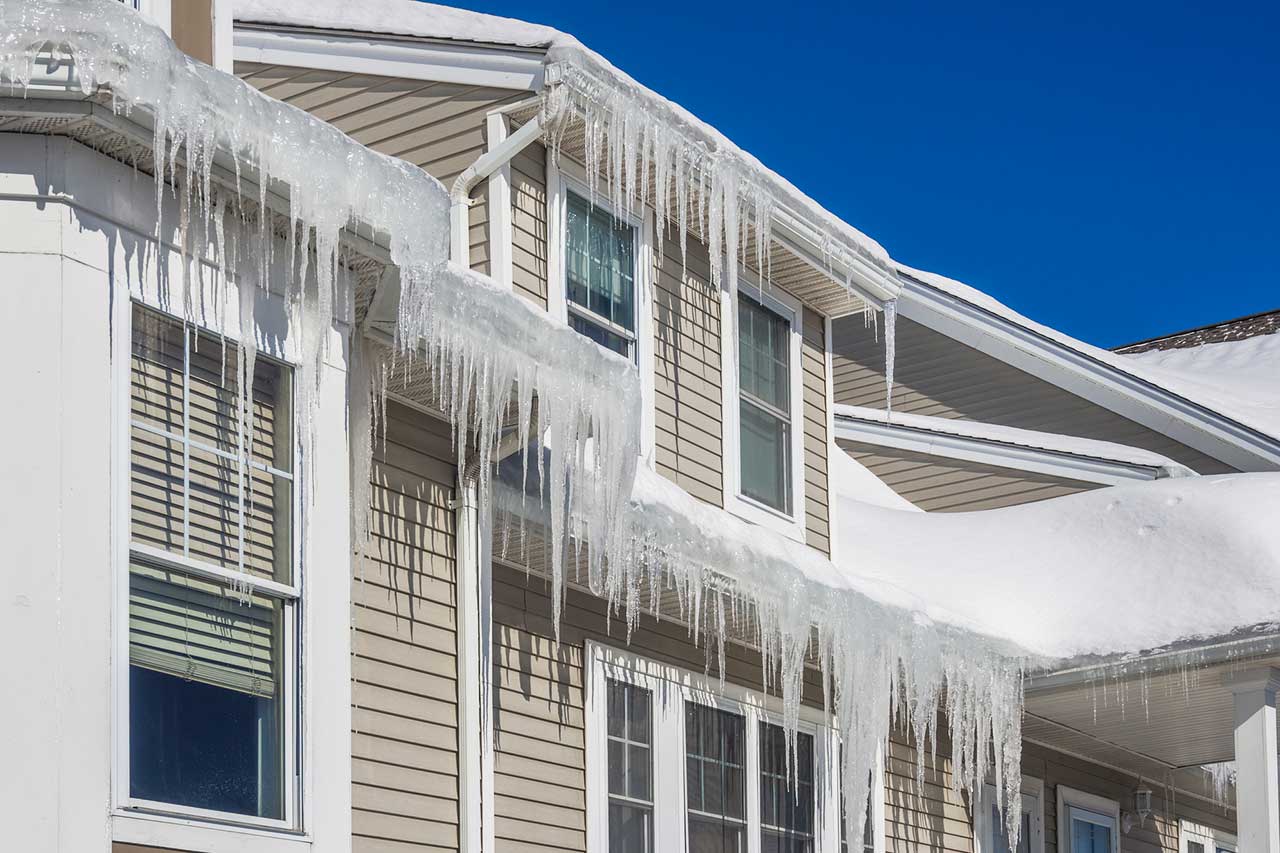
Knuckles Cleaning & Organization Services
Knuckles Cleaning & Organization Services
Hello, I’m Ashley, and I am super excited to be able to assist you with your household needs. I have multiple years experience in home organization and housekeeping, I can provide services on a flexible but reasonable schedule. I take great pride in my work ethic, and I complete every job/task I start. I was taught at a very young age that, when you are cleaning for others doesn’t matter who, you clean as though your cleaning for your grandmother/mother or anyone who great meaning to you was coming to visit your own home. And you as my future clients/costumers, can rest assured that you will be be put right there and I will aim to make your home/space as clean, comforting, and relaxing as I possibly can for you. After all a clean home is a happy home and a happy home creates comfort for us all. I thoroughly look forward to meeting you as my new clients/customers and hope to be able to make you happy with my work. Also, I have 2 specific rules. 1 be honest on condition of home,2 be kind
Hello, I’m Ashley, and I am super excited to be able to assist you with your household needs. I have multiple years experience in home organization and housekeeping, I can provide services on a flexible but reasonable schedule. I take great pride in my work ethic, and I complete every job/task I start. I was taught at a very young age that, when you are cleaning for others doesn’t matter who, you clean as though your cleaning for your grandmother/mother or anyone who great meaning to you was coming to visit your own home. And you as my future clients/costumers, can rest assured that you will be be put right there and I will aim to make your home/space as clean, comforting, and relaxing as I possibly can for you. After all a clean home is a happy home and a happy home creates comfort for us all. I thoroughly look forward to meeting you as my new clients/customers and hope to be able to make you happy with my work. Also, I have 2 specific rules. 1 be honest on condition of home,2 be kind









